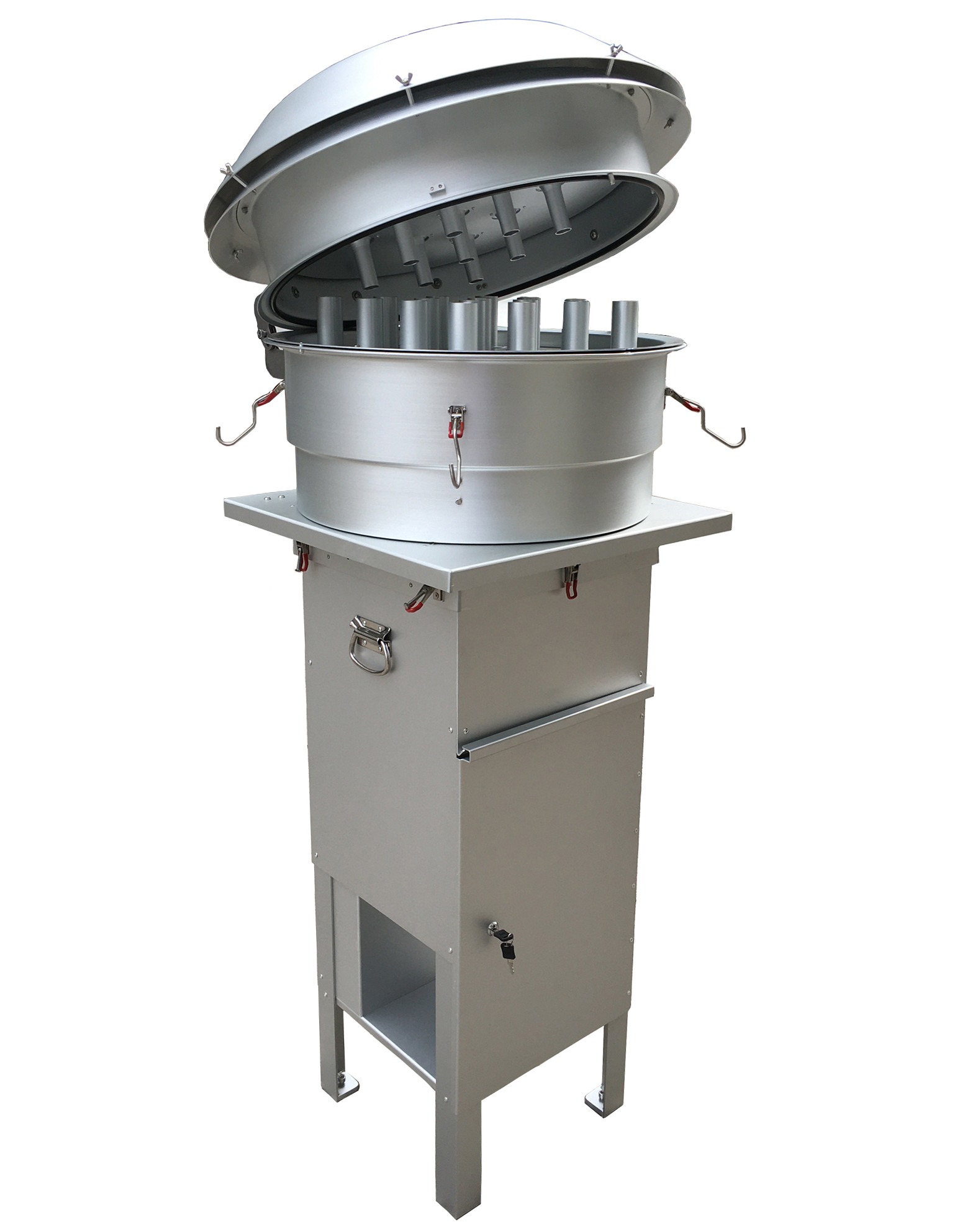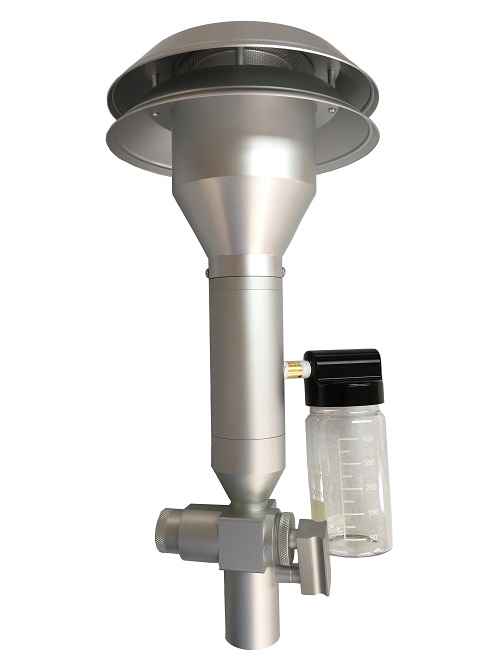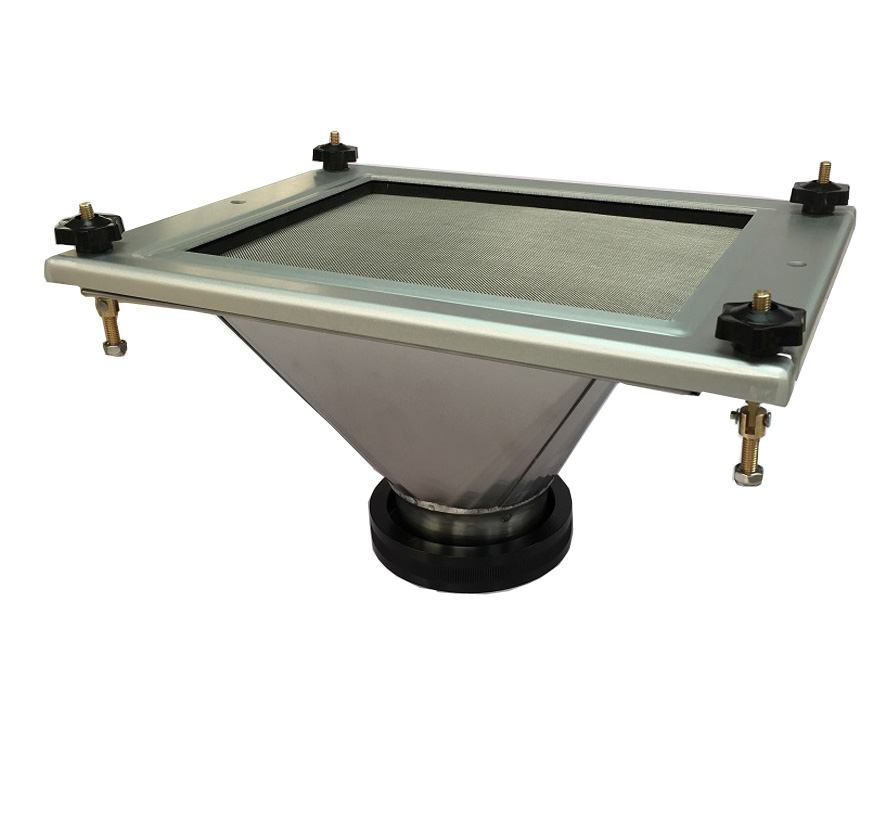Understanding the importance of clean air for human health, air sampling has emerged as an essential tool across various industries and research fields. It helps in the assessment of air quality, the identification of contaminants, and ensuring safe environments. Whether it's the high-capacity high volume air sampler for environmental monitoring, the precise and efficient mas 100 nt air sampler for microbiological sampling, or other types like the sas air sampler and active air sampler, there's a suitable device for everyone. This guide aims to explore the different types of air samplers, assisting scientists, environmentalists, industrial workers, and anyone concerned about the quality of air they breathe, in choosing the ideal air sampler for their specific requirements.
Understand Your Sampling Objectives
Before exploring the wide range of air samplers available, it's crucial to clearly define your sampling objectives. Different settings and goals require specific types of air samplers, making it essential to know what you are aiming to accomplish. Consider the following common objectives:
Environmental Monitoring: For monitoring outdoor air quality or analyzing environmental contaminants, a robust ambient air sampler that can handle large volumes of air is essential.
Indoor Air Quality (IAQ) Assessment: Opt for a sampler designed for low-flow, continuous operation to accurately assess indoor air quality in residential, commercial, or industrial settings.
Occupational Health and Safety: To safeguard workers from hazardous exposures, consider portable personal air samplers that individuals can easily wear or carry.
Microbiological Sampling: For environments like labs or healthcare settings where microbial contamination is a risk, select an air sampler specifically designed to capture biological particles.
.jpg)
Consider Sampling Methodology
Understanding the difference between active and passive sampling methods is crucial for selecting the right air sampler:
Active Sampling: Active air samplers use a pump to actively draw air through a collection medium. This approach provides for controlled sample collection and may capture a wide spectrum of airborne pollutants such as particulate matter, gases, and vapors.
Passive Sampling: Passive samplers, on the other hand, rely on the natural diffusion of airborne substances into a collection medium. These samplers are often easier to construct and maintain than active samplers. Passive sampling is preferred for long-term monitoring since it may run constantly without requiring external power sources.
Determine The Required Sampling Volume And Flow Rate
Grasping the distinction between active and passive sampling methods is key when choosing the appropriate air sampler:
Active Sampling: These samplers employ a pump to actively draw air through a filter or other collection medium, allowing for precise control over sample collection. They are ideal for capturing a broad range of airborne contaminants, including particulate matter, gases, and vapors.
Passive Sampling: In contrast, passive air samplers depend on the natural diffusion of air into a collecting medium. They are simpler in design and maintenance, making them suitable for long-term monitoring without the need for power.
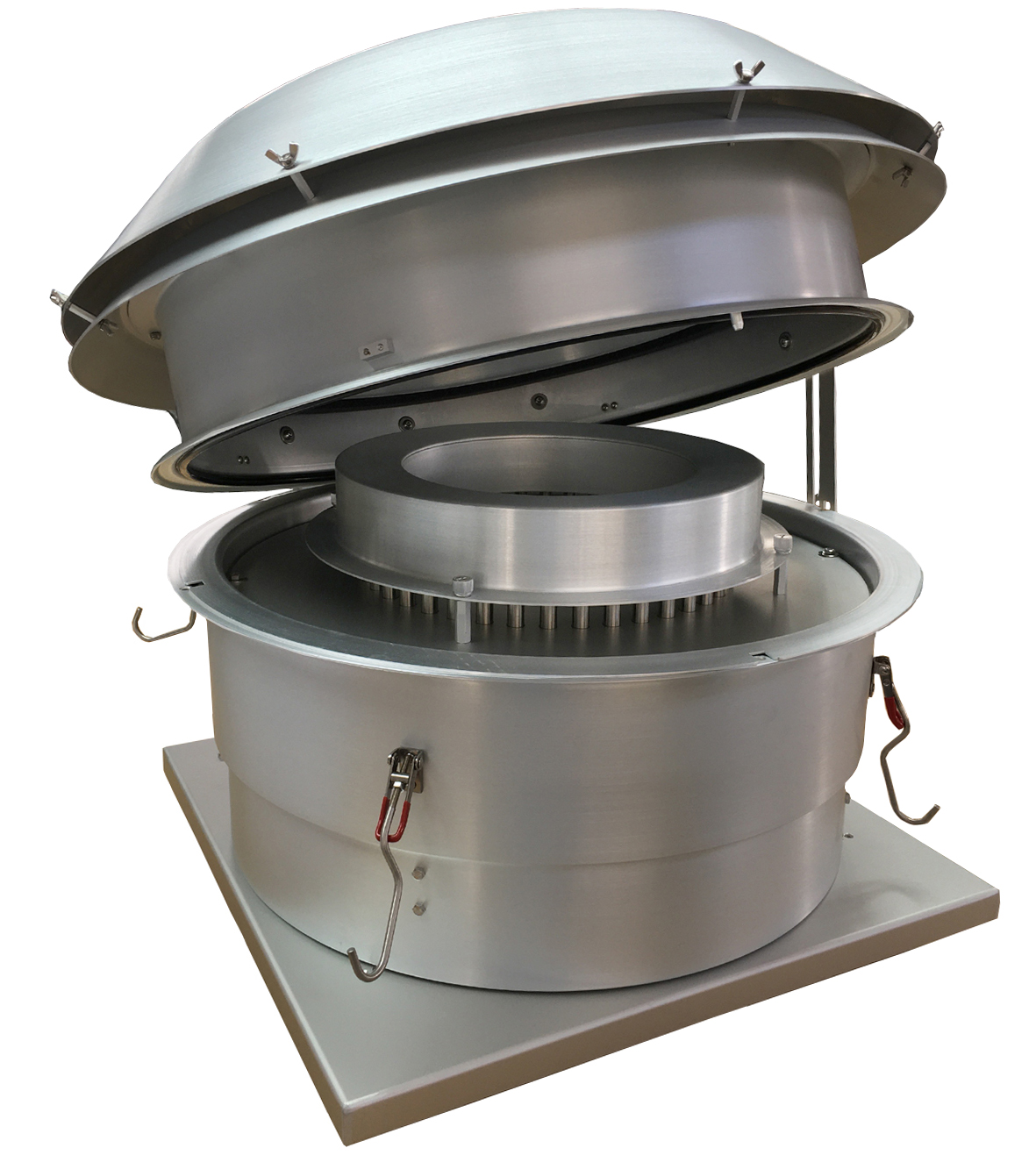
Assess Compatibility With Sampling Media
Different air samplers are designed to work with specific types of sampling media. Sampling media can include filters, sorbent tubes, impingers, and more. Check that the air sampler you select is compatible with the type of sampling material necessary for your research. Consider elements such as the simplicity of media replacement and handling to simplify your sample procedure.
Evaluate Portability And Power Source
The mobility of your air sampler is crucial, especially if your sampling needs fluctuate or if you need to analyze air quality in distant places. Consider whether the sampler is straightforward to move and set up. Additionally, think about the power source – whether the sampler requires a continuous electrical supply or can operate on batteries or other portable power sources.
.jpg)
High Volume Air Sampler For Outdoor Use
Budget And Cost Of Ownership
While budget constraints are important to consider, remember that the cost of ownership extends beyond the initial purchase price. Take into account ongoing expenses such as maintenance, consumables, calibration, and potential training costs. Balancing your budget with the features and capabilities necessary to properly accomplish your sampling objectives will assist you in making a cost-effective selection in the long run.
Conclusion
Making an informed choice with a deep understanding of the various types of air samplers ensures that your air sampling operations are precise, reliable, and customized to meet your specific requirements. This contributes significantly to a safer and healthier environment. As a leading air sampler supplier, T4 AIR SAMPLER offers an extensive selection of devices, including the powerful high volume air samplers. For more details on our products, such as the lighthouse air sampler or the air sampler calibration procedure, please feel free to contact us!


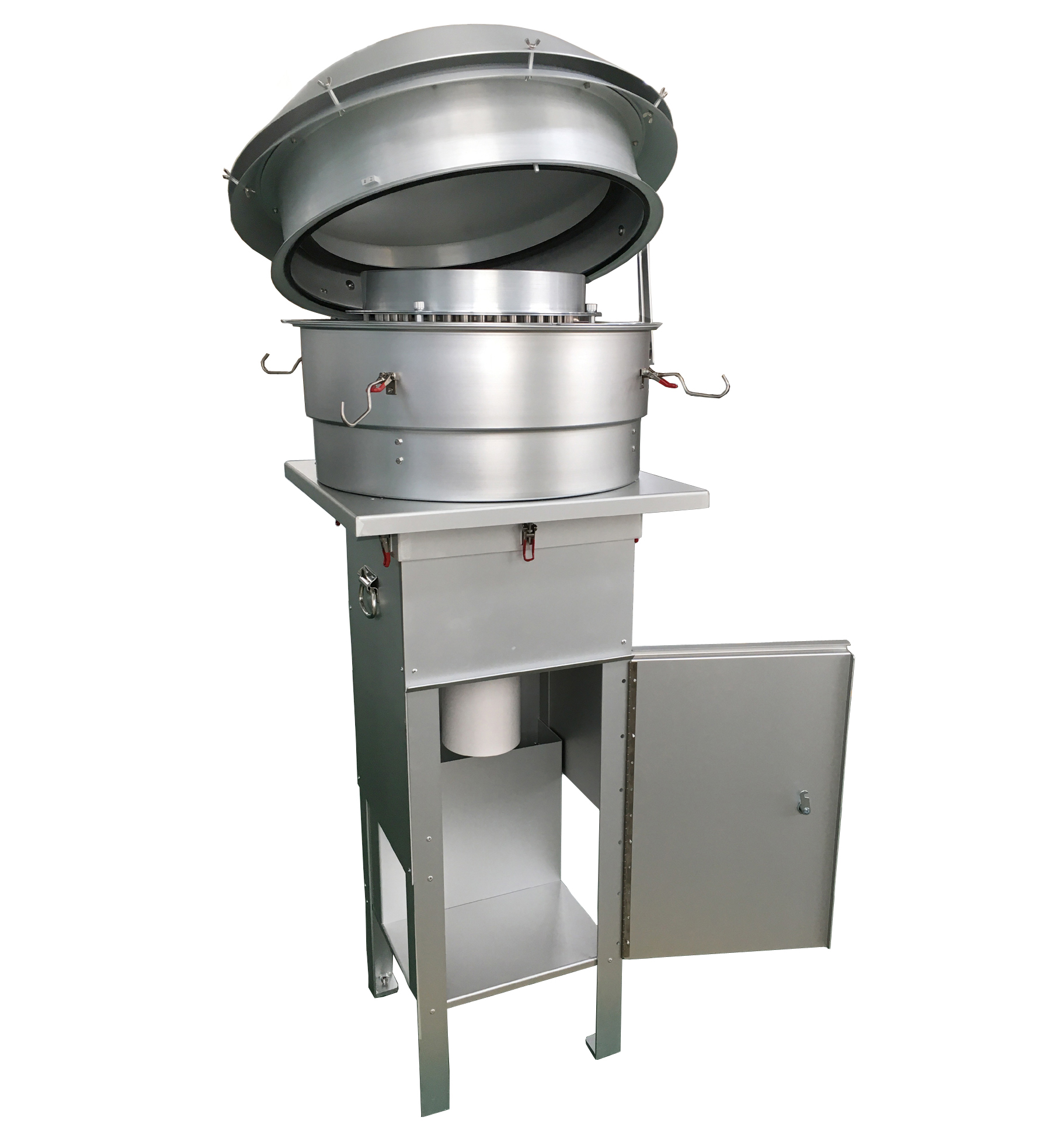
.jpg)
